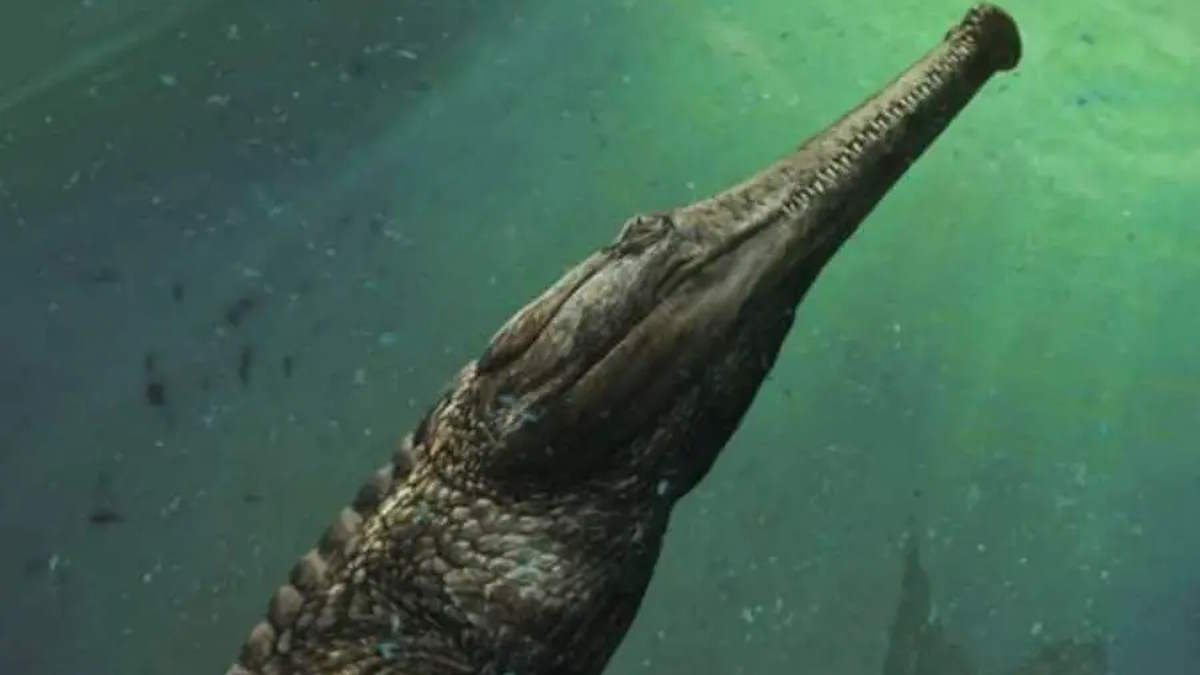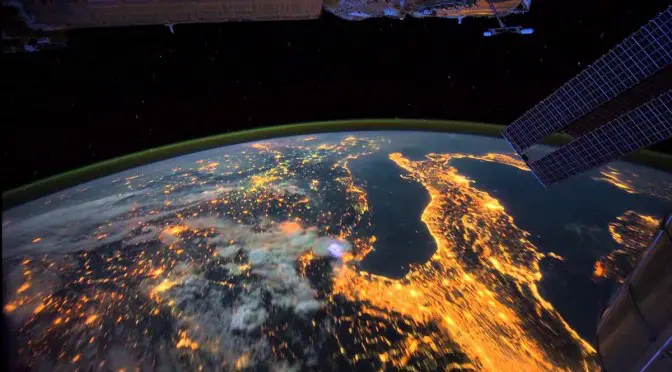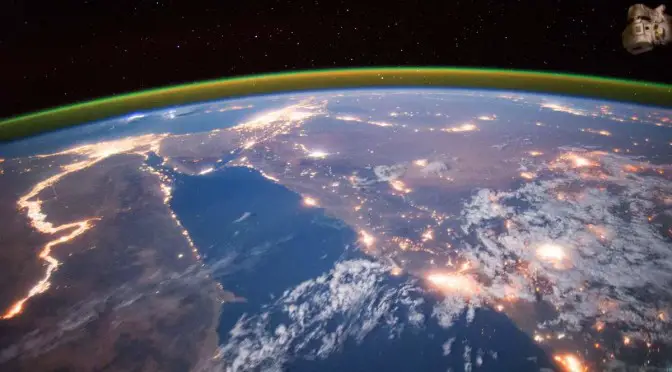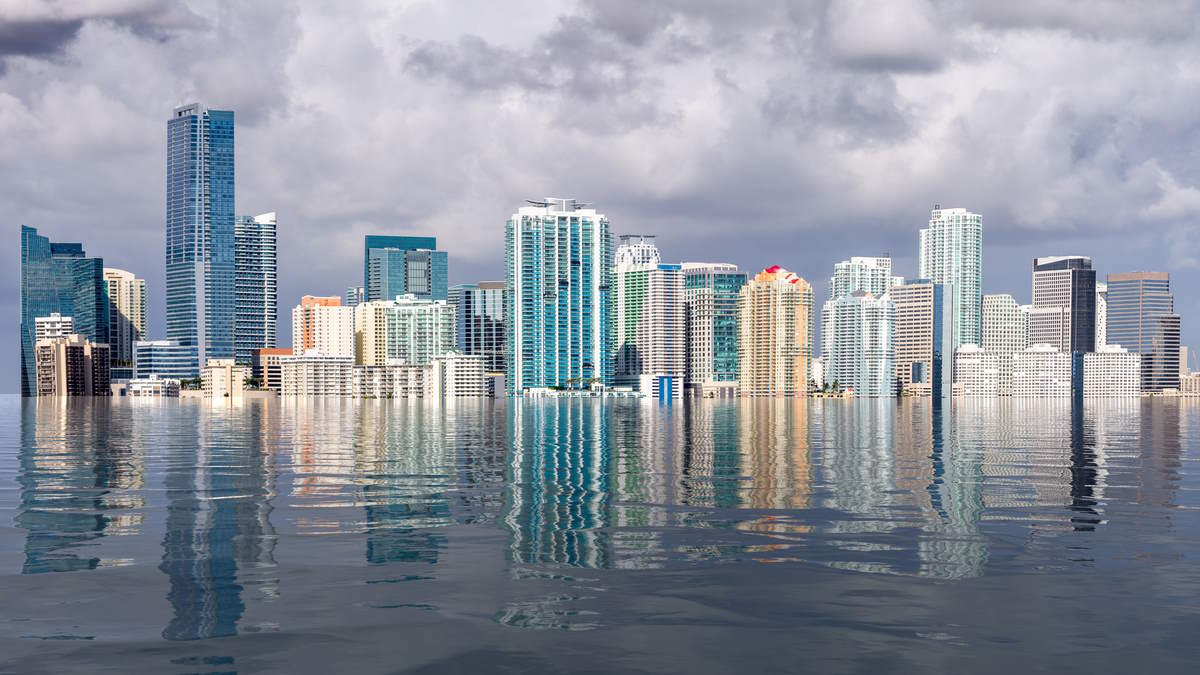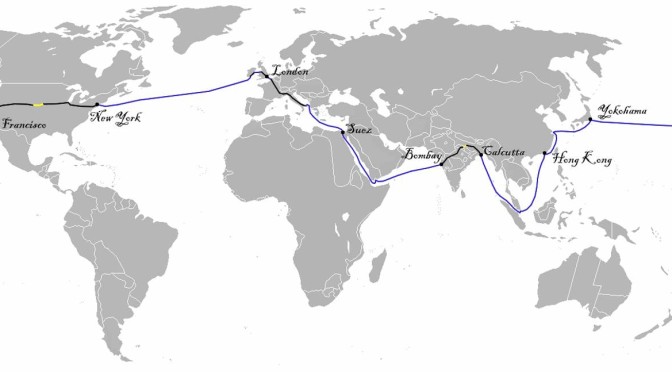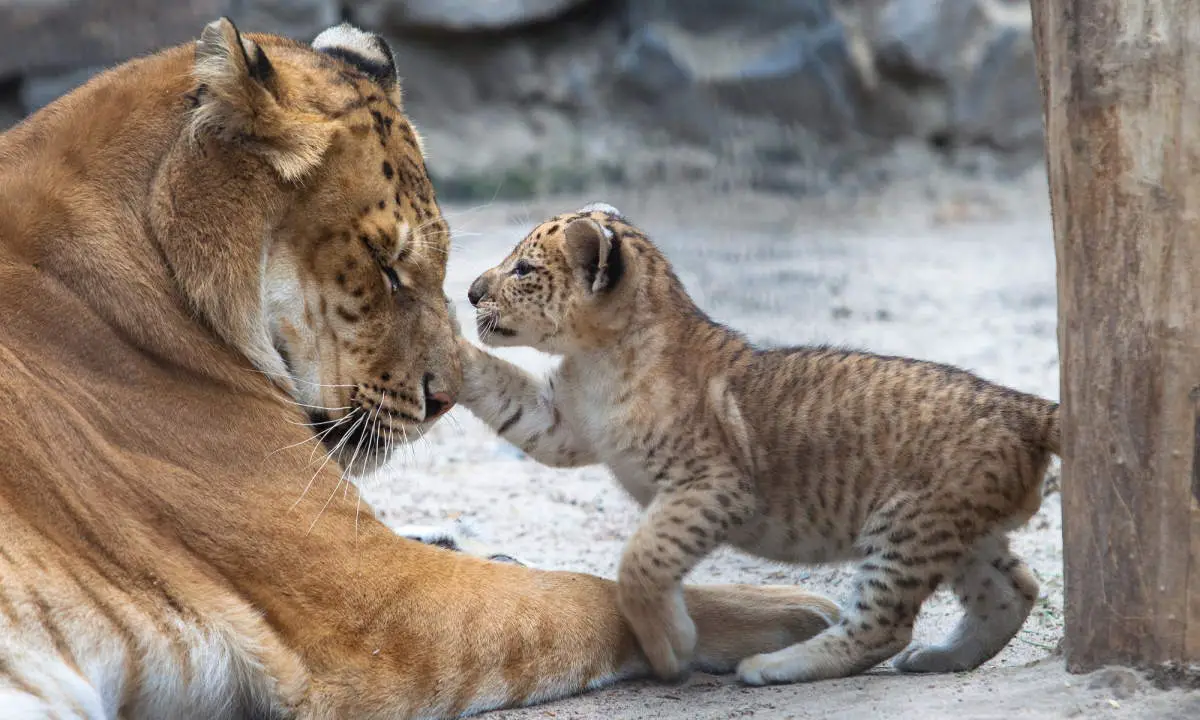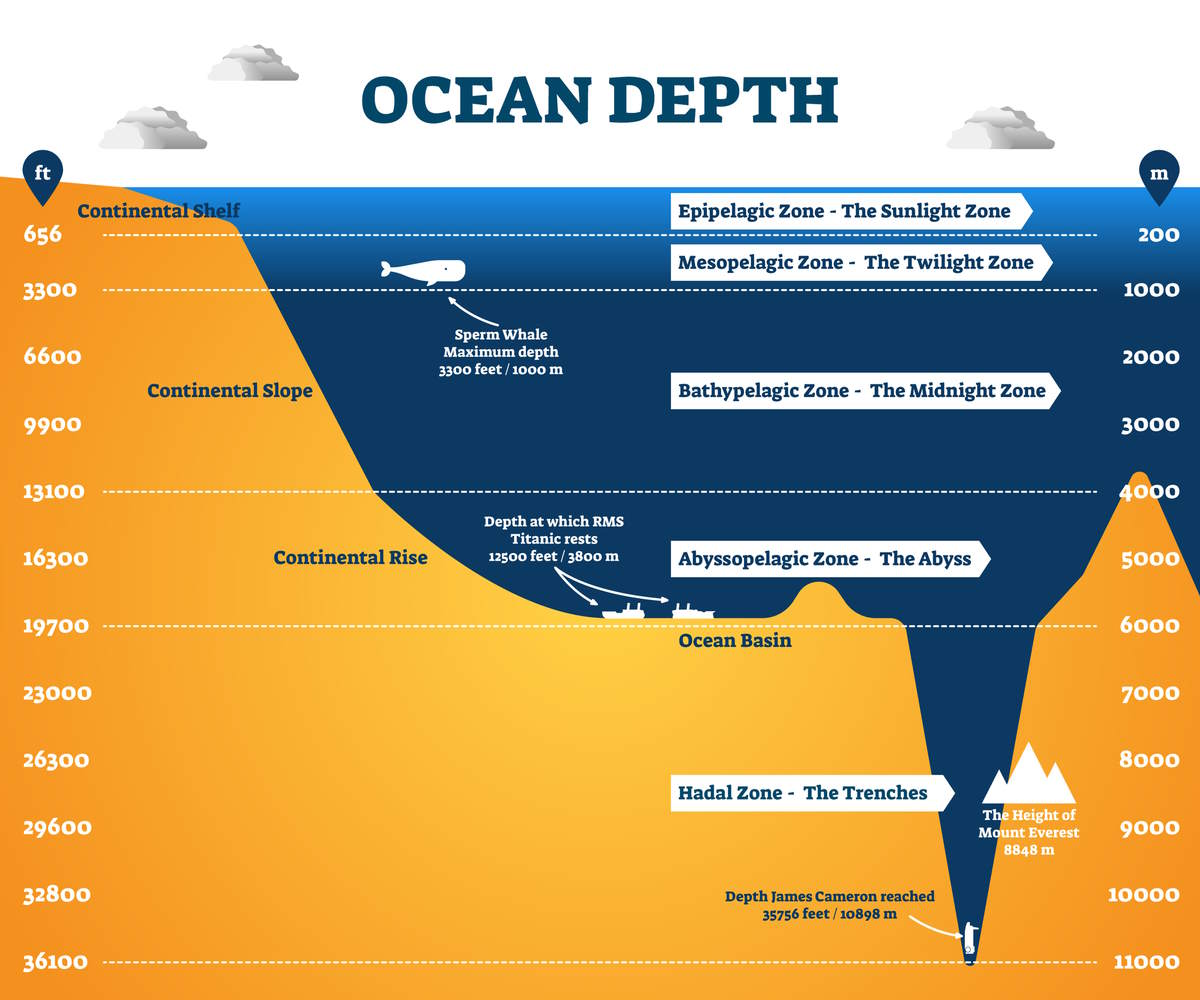The Sahara desert, with its endless stretches of sand and searing heat, may not be the first place you’d expect to find a prehistoric sea monster. But that’s exactly where National Geographic grantee Federico Fanti and his team of paleontologists made an astonishing discovery: the remains of a massive marine crocodile named Machimosaurus rex.
With estimated lengths of up to 30 feet (9.14 meters) and razor-sharp teeth, M. rex was a true apex predator of the Late Jurassic seas. Fanti and his colleagues pieced together the crocodile’s fossilized bones, unlocking clues about its anatomy, behavior, and evolutionary history. This groundbreaking research sheds new light on the ancient ecosystems of North Africa and the fascinating creatures that roamed them millions of years ago.
